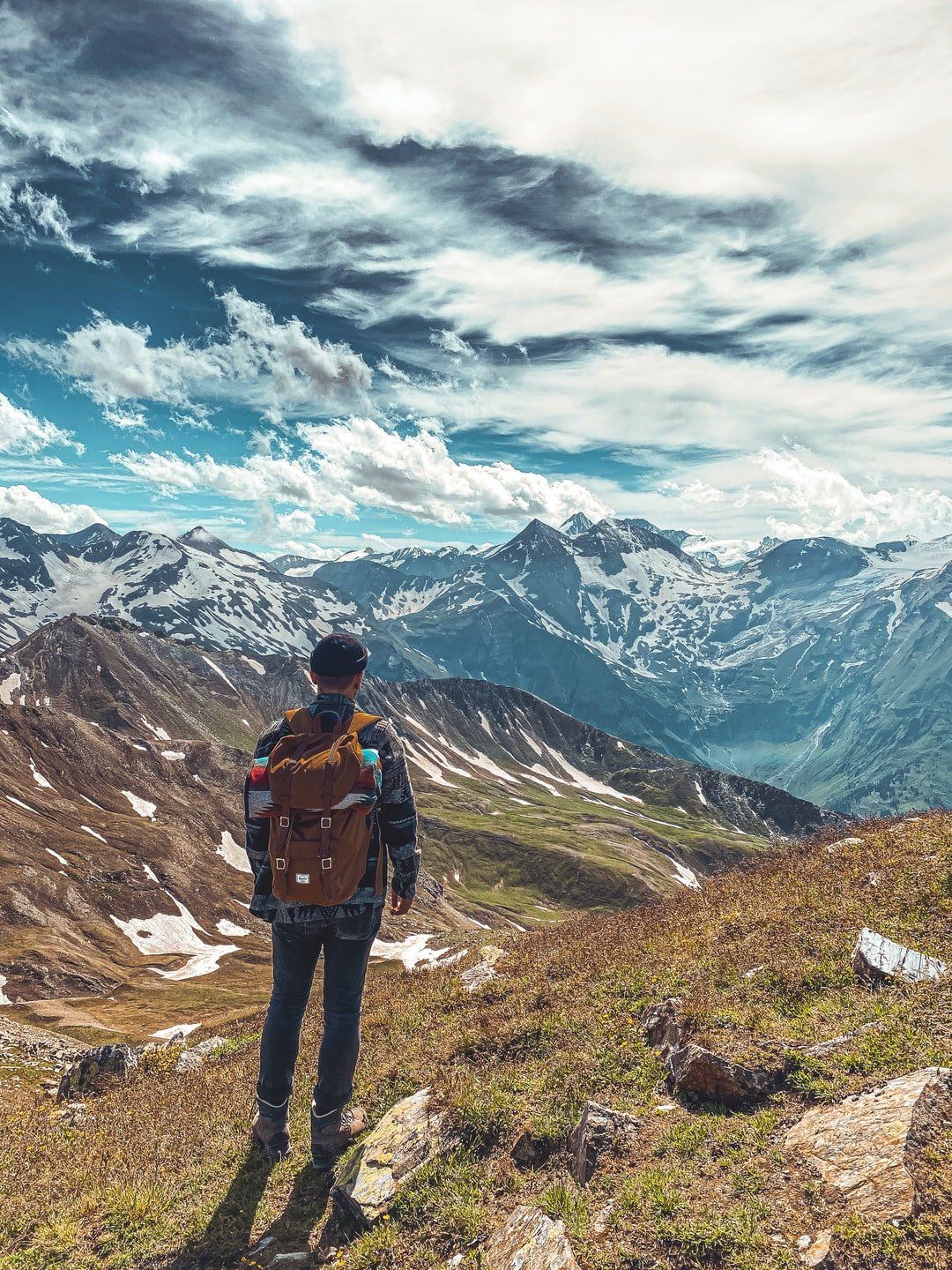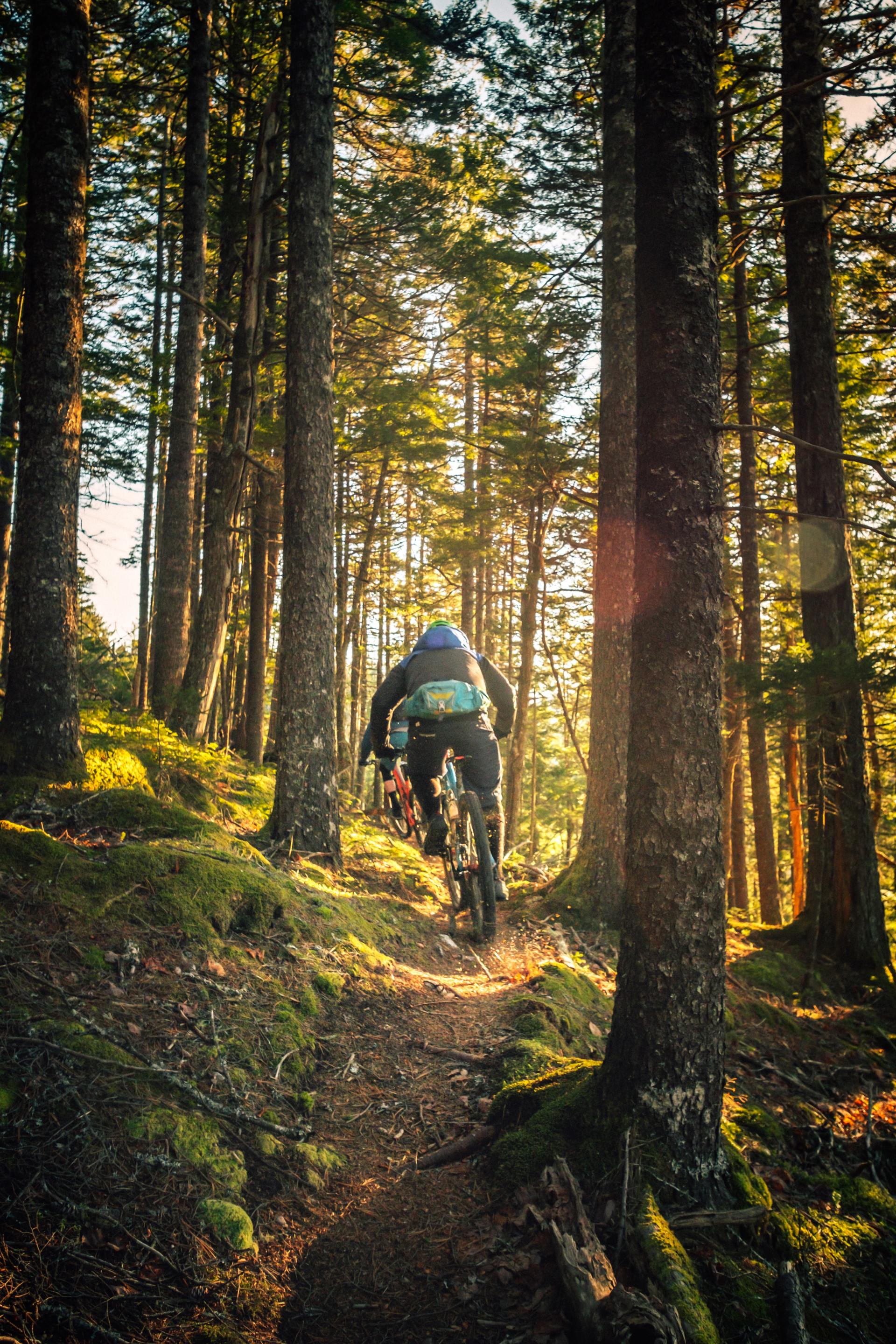Elevation Wellness
Why It Happens
The pressure of the air that surrounds you is called barometric pressure. When you go to higher altitudes, this pressure drops and there is less oxygen available. The air we breathe is only 21% oxygen at sea level. A lot less oxygen you breathe at higher elevations
If you travel to a place at a higher altitude than you’re used to, your body will need time to adjust to the change in pressure.
Symptoms
You might have:
- Headache
- Dizziness
- Nausea
- Vomiting
- Fatigue and loss of energy
- Shortness of breath
- Problems with sleep
- Loss of appetite
If you have a more moderate case of altitude sickness, your symptoms might feel more intense Instead of feeling better as time goes on, you’ll start to feel worse. You’ll have more shortness of breath and fatigue. You may also have:
- Loss of coordination and trouble walking
- A severe headache that doesn’t get better with over the counter medication
- A tightening in your chest
- Confusion
- Shortness of breath even at rest
- Inability to walk
Anyone can develop altitude sickness, no matter how fit, young, or healthy they are -- even Olympic athletes can get it. In fact, being physically active at a high elevation makes you more likely to get it.
Your risk also depends on where you live and the altitude there, your age (young people are more likely to get it), and whether you’ve had altitude sickness before.
Treatment
Knowing the symptoms of altitude sickness will help you seek treatment early, while the condition is still mild. If you have severe altitude sickness. We suggest seeing a doctor as soon as possible or go to a hospital. You may need supplemental oxygen and medications, as well as moving to a lower altitude.
Prevention
The best way you can lower your chance of getting altitude sickness is through acclimatization. That means you let your body slowly get used to the changes in air pressure as you travel to higher elevations. You’ll want to climb to higher altitudes gradually. Going slowly helps your lungs get more air through deeper breaths and allows more of your red blood cells to carry oxygen to different parts of your body. All your
Some of the basic guidelines for acclimatization to high Elevation are:
- If you have to fly or drive somewhere that’s higher up, stop at one destination that’s lower for at least a full day before going any higher. (If you fly into Reno-Tahoe Airport it is at 4500 ft elevation, so spend your first night in the Biggest Little City.)
- Professional Mountain Climbers only go up an additional 1,000 feet per day. rest at least a day at that height. In Tahoe you are at 7000 feet. If you are from sea level that could be 7 days to fully acclimate.
- Drink 3-4 quarts of water every day
- Know how to identify the first signs of altitude sickness.
- If you start to develop these symptoms, immediately schedule an appointment at the Go2 Oxygen Bar. A 30 minute Oxygen Aroma Treatment will help most people for 6-8 hours. Call us at 775-530-3390. Book Appointment.
- We also sell recyclable oxygen cans to go. It has about 200-to 250 breaths of 92% pure oxygen. Good for hikes, mountain biking, skiing or for your trip home.

